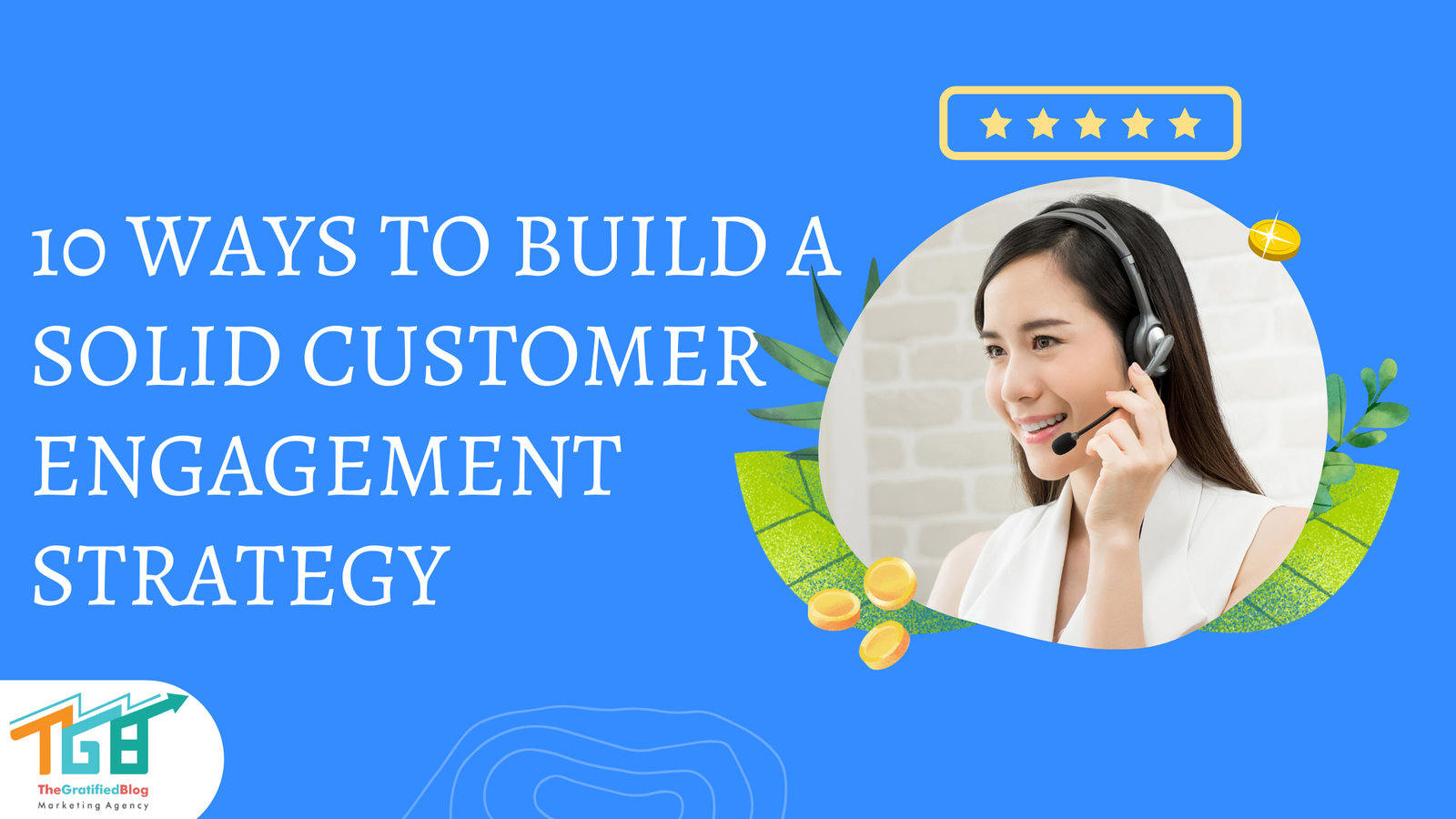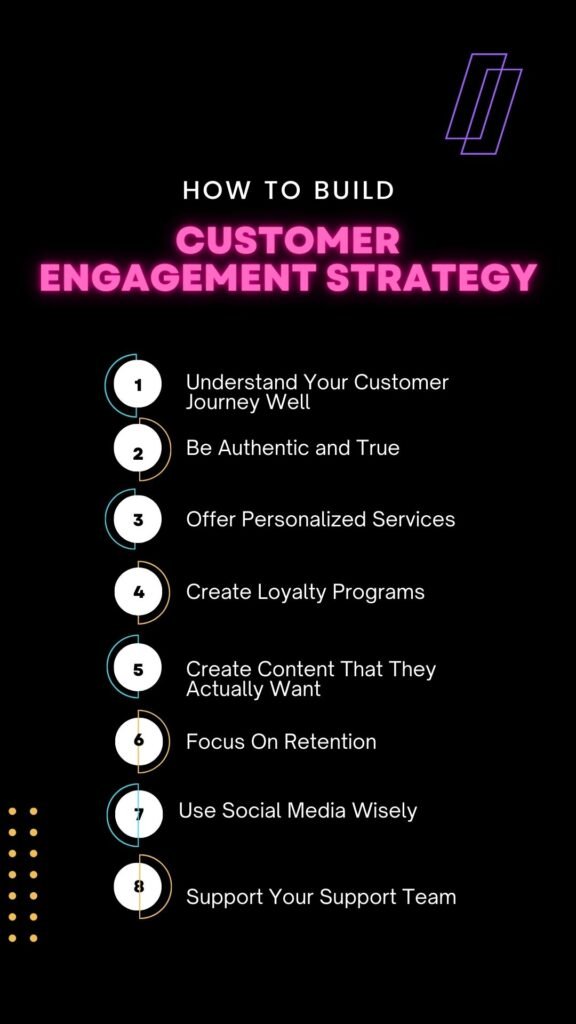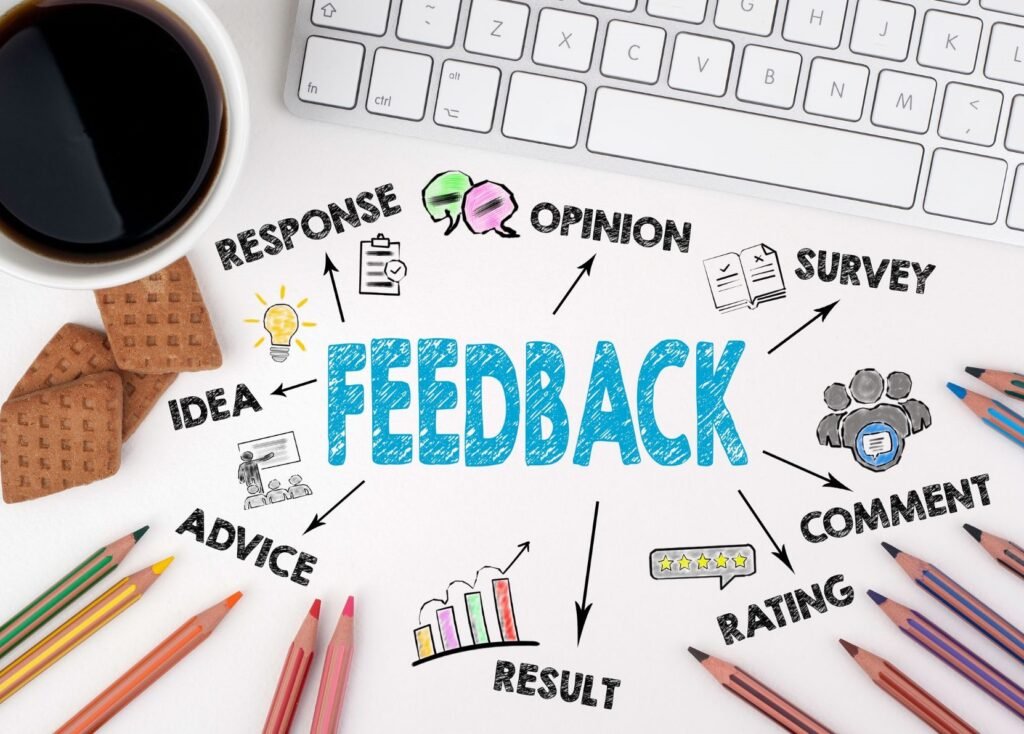
A business will only thrive if an engaged customer base pushes it forward. Your business always needs a customer engagement strategy. If you don’t rely upon it, you’re at a dead end without customers eager to deepen their relationship with you, your brand, and your products or services.
No business will ever want this for themselves. Hence, you must constantly keep up with all the strategies and marketing jargon. Think search engine optimization, link building, and social e-commerce—these are some things you might hear from your marketing team or read about in articles online.
While these are all great ways to reach and engage with your target audience, the wise thing to do before diving into them is to figure out your customer engagement strategy.
Below, we define what it means and how you can build it from the ground up. Read on!
What Is A Customer Engagement Strategy?
When doing your customer experience research, engagement is one of the terms you will keep bumping into. In the simplest terms, a customer engagement strategy is how your business plans to communicate and connect with your existing customers.
The goal is to ensure they have the best possible experience when interacting with your business throughout their journey. It can deliver exceptional customer service, cultivate client connections, and establish loyalty programs.
In the long run, these strategies will support you in achieving business goals such as strengthening brand loyalty, increasing sales, and even boosting word-of-mouth referrals.
However, the outcomes will only be as good as the strategies you implement. When creating well-crafted customer engagement plans, you will need to research the needs and wants of your customer base. When done correctly, you can expect a positive and lasting relationship between your customers and your brand.
You need a strong engagement strategy because it will give you an edge in today’s cutthroat business environment. So think about yours carefully and work hard to create a strategy that will bring growth to your business.
How Do I Build A Good Customer Engagement Strategy?

While strategies like social media marketing, virtual events, and push notifications are great, returning to the basics is always the best way to start.
Developing a solid customer engagement strategy needn’t be challenging or time-consuming. That’s why we’ve rounded up a few tips just for you! Here are our X suggestions to help you create a solid plan for your business:
1. Understand Your Customer Journey Well
The best way to start building your strategy is to clearly understand your target audience and how they interact with your brand. Without this, you’ll be looking for answers in the dark.
Make a map of your customer’s journey and identify all the significant touchpoints, bottlenecks, and challenges they may face. By doing this, you’ll be able to learn more about their needs, wants, and behaviors and spot opportunities for engagement.
Once you’ve analyzed relevant data about your customer’s behavior and characteristics, creating customer profiles or personas is the best course of action. These should include signals that are important to your business, such as:
- Income
- Location
- Interaction history
- Motivations
With this knowledge, you can develop ideas and strategies to engage each persona in their preferred manner.
2. Be Authentic and True
If you can sense when someone’s being dishonest and insincere, you bet your customers can do the same when your business is doing it. So whenever you’re communicating with them, do it in a natural and relatable way.
To win their trust, be open and transparent with your customers by letting them know what you’re doing and why you’re doing it. Review your brand voice and avoid “marketing speak” or jargon intended to sell goods or services but offers nothing of value to the consumer.
One of the most sincere ways to connect with your customer base is through user-generated content (UGC). These are your product reviews, testimonials, shoutouts on social media, etc. Adding this to your customer engagement strategy will give you a leg up on your competitors.
3. Offer Personalized Services
Personalization is no longer a buzzword—it is expected by your customers in every part of their journey. After all, real people are behind the devices they use to connect with you. So it’s a no-brainer because everyone wants products and services tailored to them and their needs.
There are many ways to introduce personalization into your customer engagement strategy. It could be as simple as using their first name in an email or displaying location-based advertisements to them. On the other hand, it could also be more comprehensive and complex, like using AI and machine learning to provide them with hyper-relevant services.
If you’re still at the beginning of injecting aspects of personalization into your strategy, start small. A pre-chat survey is a great way to learn a little more about the user so that your team will know who they’re speaking to. This may serve as the foundation for more personalized service.
4. Allow Real-Time Engagement Through Live Chat

Looking for an instant way to interact with your customers and meet their demands? Live chat is the way to go! It’s a great way to build rapport with your customers as it engages them in a friendly conversation. This will help you build a positive relationship with them and encourage them to keep doing business with you.
For this to work, you must ensure that your live chat team is staffed with knowledgeable and welcoming employees eager to assist your customers. This will guarantee you and your customers a great live chat experience.
5. Create Loyalty Programs
One of the best ways to encourage your customers to keep returning to your brand is through well-designed loyalty programs. These serve as incentives to reward devoted individuals that consistently interact with your brand or business. You can offer points, exclusive gifts, discounts, and other benefits.
Other rewards and incentives include invites to special events, early access, and special surprises such as personalized holiday cards or birthday greetings.
The great thing about this strategy is that it promotes repeat business and increases brand loyalty. Some of the most famous examples are providing discounts to customers who spend a certain number of purchases or awarding points for each dollar spent.
Just let your customers know about the kind of loyalty program you design. They’re more inclined to take advantage of it the more they are aware of it.
6. Create Content That They Actually Want

Your customers are probably already tired of a sea of mediocre online information. The best way to stand out is to give your customers the quality content they want.
A deeper understanding of your audience’s preferences through brief feedback questionnaires, and then create and publish content depending on their interests. You can keep customers before and after their purchase by offering valuable and engaging content beyond infographics and blog posts.
Explore your options and get creative with whatever you produce! You can publish short video tutorials, podcasts, FAQs, self-service knowledge bases, and more. Such content promotes a seamless process for learning new information and solving problems, which boosts conversions and retention.
7. Focus On Retention
Every marketer knows that keeping customers is more cost-effective than acquiring new ones. Your existing customers are more likely to spend more, shop more frequently, and refer the brand or its products and services to friends and family, some of whom become buyers.
When your customers feel appreciated, cared for, and intrigued by exciting new offers, they will engage with you repeatedly.
Customer engagement and customer retention go hand in hand. One does not exist without the other. Any effective customer engagement plan must also incorporate methods for retention to keep customers happy over the long term and throughout their interaction with a business.
8. Use Social Media Wisely

Social media platforms can significantly increase customer satisfaction and help you connect with a large number of people. Unlike other platforms, the connection you’re building with your customers here is more personal.
So make sure to respond to any queries, questions, or concerns your customers post on social media. This will show them that you are paying attention and are interested in their opinions.
If you’re looking for a fantastic venue for hosting freebies, setting up competitions, and offering customer service, social media is the way to go, too! Activities like these raise brand awareness and generate interest in your products or services.
9. Listen To Your Customers’ Feedback and Act On Them

Customer feedback is a great way to learn whether or not your customers are still happy with your brand and service. It gives you a deeper understanding of their relationship with you.
Whether good or bad, getting feedback from your customers may help you understand what they expect from you, your strengths and weaknesses, and the changes you need to make to be successful moving forward.
The best way to go about this is to send some kind of feedback request after every interaction. This includes getting their opinion about the support they receive from your customer engagement team.
10. Support Your Support Team
What’s the best way to have a happy customer base? Maintain a happy customer service team, of course! There’s even a statistic to prove it. 73% of customers end up falling in love with a brand all because of friendly customer service.
Customer-facing employees who interact with your customers greatly influence engagement. However, many businesses fail to support their support staff in the same ways they assist their customers, negatively affecting customer engagement.
So take care of your team! It’s one of the most overlooked customer engagement strategies, but it’s something you have to strive to implement. Give them the proper tools and training, inspire them, and recognize success. You can only provide the best customer experience and engage clients for life when your workforce is well cared for.
Why Is Building A Customer Engagement Strategy So Important?
Building a customer engagement strategy is essential for several reasons, including the fact that it lays the groundwork for fostering successful customer relationships. Here are some major justifications for why customer engagement is so crucial:
- Customer Loyalty: Customers that are actively involved are more likely to support a company or brand. Even in the face of greater offers, customers are less inclined to migrate to competitors when they feel connected and appreciated.
- Repeat Business: Customers who are engaged are more likely to make subsequent purchases. Customers are kept engaged in your goods or services by a well-implemented customer engagement plan, which boosts customer lifetime value and retention rates.
- Word-of-Mouth Marketing: Customers who are happy and involved are more likely to tell others about their great experiences, creating beneficial word-of-mouth marketing. This might have a huge impact on potential clients and organically increase your customer base.
- Feedback and Improvement: Engaged customers are more willing to provide feedback, suggestions, and insights. You may greatly improve your offers and overall client experience by using this feedback to better understand the demands and problem points of your customers.
- Brand Advocacy: Engaged customers can actively spread the word about your company to their networks by becoming brand ambassadors. Their support can help your credibility and marketing efforts grow.
- Competitive Advantage: A well-crafted customer engagement strategy can set your business apart from competitors. In industries where products or services are similar, a superior customer experience can be a differentiating factor.
- Cross-Selling and Upselling Opportunities: Engaged customers are more receptive to cross-selling and upselling offers. By understanding their preferences and behavior, you can offer relevant additional products or services.
What Are Some Effective Channels For Customer Engagement?
There are several effective channels for customer engagement, and the choice of channels will depend on your target audience, industry, and business goals. Here are some popular and effective channels for engaging with customers:
- Social Media Platforms
- Email Newsletters
- Live Chat
- Customer Support Centers
- Mobile Apps
- In-Person Events and Webinars
- User-Generated Content (UGC)
- Surveys and Feedback Forms
- Online Communities and Forums
- SMS Marketing
FAQs
Q1. What are the 5 stages of customer engagement?
The five stages of customer engagement are:
- Awareness: Customers discover your brand.
- Interest: They express curiosity about your offerings.
- Consideration: Customers evaluate your products/services.
- Purchase: They make a buying decision.
- Loyalty: Satisfied customers continue to engage and advocate for your brand
Q2. What role does social media play in customer engagement?
Social media plays a significant role in customer engagement by providing a platform for direct interactions with customers, addressing their queries and concerns, and showcasing brand personality. It also facilitates user-generated content and fosters community building.
Q3. How can I handle negative customer feedback as part of my engagement strategy?
Responding to negative customer feedback promptly and empathetically is crucial. Acknowledge their concerns, offer a resolution, and show a willingness to improve. Handling negative feedback effectively can turn dissatisfied customers into loyal advocates.
Implement Your Customer Engagement Strategy Today!
In a highly competitive environment, there’s no time like the present. Use every chance you can to leave a lasting impression on your customers. Enhancing their experience will ensure that people remember your brand.
Additionally, the more engaged your customer base is, the more loyal they will be in the long run. By implementing the strategies above, you can lower churn, increase customer happiness, retain customers, strengthen your brand identity, and even boost your bottom line. Your customer engagement will drive significant business value and growth as you pursue this process.








No Comments